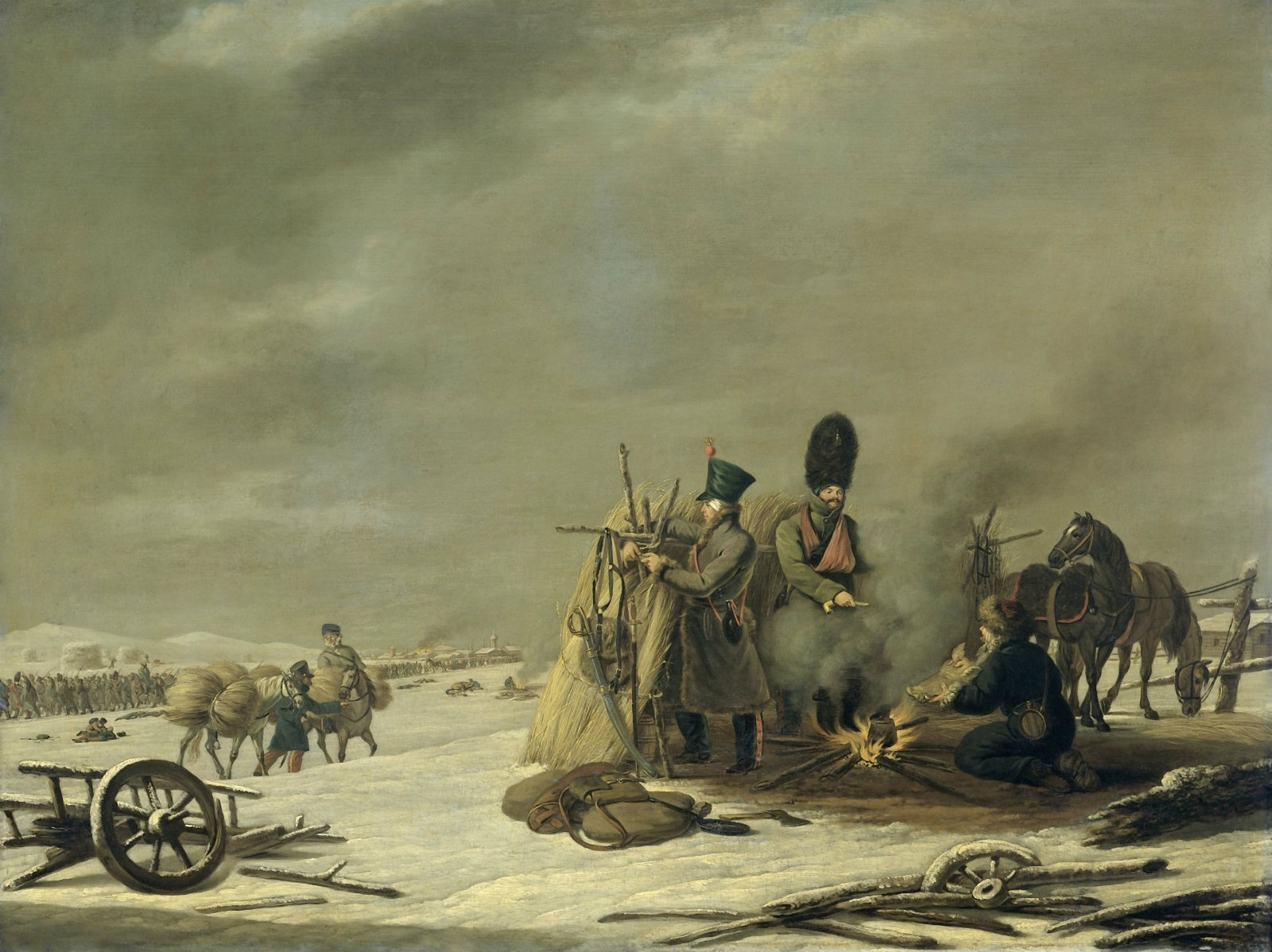The greatest military blunders in history

Greatest military blunders in history: Armies throughout history have been led by individuals who, had meritocracy been a thing, would sooner have been demoted to kitchen assistant rather than relied upon to defend against a siege. Others were fatefully overtaken by pride and pipe dreams, leading to some truly magnificent battlefield blunders.
Napoleon’s flight from Moscow: Some knew him as the Colossus of the Nineteenth Century for his aptitude at conquering western Europe, but Napoleon is remembered by many for his decision to invade Russia in 1812; one that would go down as one of the worst calls in military history. The campaign took the lives of nearly 1 mn people and ended in a ruinous defeat for the emperor that would later snowball and result in his forced abdication two years’ later.

Nothing illustrates the disaster that was Napoleon’s invasion of Russia better than the Minard Map. We’re not plugging this just because we’re suckers for infographics: this map, created by civil engineer Charles Minard in 1869, is truly one of the best graphics ever created. It’s a painstaking visualization depicting the French army’s course, size, and direction and the geography, time, and temperature of the nearly 2,000 km march from modern-day Lithuania to Moscow. As the graphic shows, Napoleon lost a little over 75% of his forces by the time he had reached Moscow, only for the Russians to resort to the ultimate scorched earth tactic and burn the city to the ground. Left without a city, Napoleon had no choice but to retreat. In the months after, his army was slowly picked off by cossack raids, sub-zero temperatures, and food shortages. Of the 420k+ army that rode with Napoleon into Russia, only a mere 10k ended up surviving.
Downfall of a jealous Roman: Marcus Licinius Crassus, a general often known as “the richest man in Rome,” led a disastrous advance into the Parthian Empire, fueled by his desire to match the glory of his rivals Julius Caesar and Pompey the Great. Crassus’ incompetence was evident from the off, losing a number of ships en route to Syria due to his determination to sail through a storm. Things only got worse once on land as he needlessly soured relations with his Armenian ally, and marched into the middle of the Mesopotamian desert in defiance of advice to stay beside the Euphrates river. Days later at the fateful Battle of Carrhae, Crassus’ legions were routed by the Parthians. Double-crossed by an Arab spy, the Roman forces were led into a trap and were overwhelmed by General Surena’s men. Crassus met an inglorious end, murdered by the Parthians after being tricked into travelling to their camp to discuss terms of surrender.

Chinese warlord single-handedly dooms the Han dynasty: The Han dynasty, which presided over one of the most prosperous periods of Chinese history for almost four centuries, came to an ignominious end in 208 AD thanks to the cretinous decisions taken by a single warlord. Cao Cao, a northern commander trying to reunite a country plunged into civil war, personally oversaw the fall of the dynasty at the Battle of the Red Cliffs. The engagement should have been a cakewalk for Cao, whose forces vastly outnumbered those of the southern warlords. But in a series of now-infamous brainfarts, the general killed his chances of a unified China. The bulk of Cao’s army were wiped out in one fell swoop after he decided to put his infantry and cavalry — men not known for their ability to cope with seasickness — onto boats. Realizing his mistake, he then saw fit to tie his ships together to help his troops overcome their sickness, enabling the allied forces of Liu Bei and Sun Quan to destroy the entire fleet with a few burning ships. Cao was to never recover from the defeat, leading to the effective dissolution of the Han dynasty and the birth of the Three Kingdoms period.